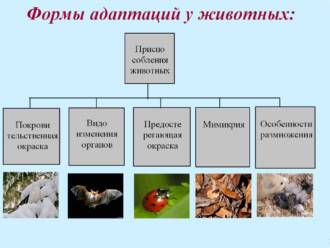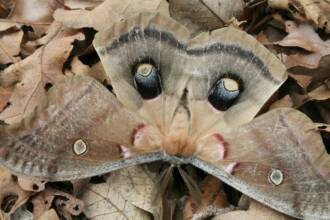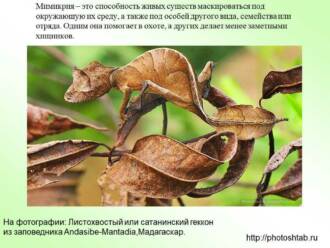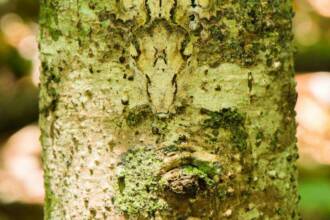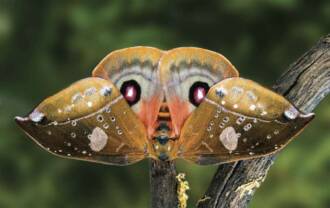
The natural world is full of amazing adaptations that help animals survive and adapt to their environment. One of the most remarkable of these adaptations is mimicry in butterflies. Butterflies can pretend to be birds or other insects to fool predators and increase their chances of survival.
Mimicry in butterflies is based on the evolutionary advantage they receive due to their appearance. Some butterfly species have wings colored in such a way that they resemble birds, such as owls or hawks. This allows the butterflies to blend into their environment and remain undetected by predators, who may view them as dangerous competitors and not risk attacking them.
Other butterfly species pretend to be insects, such as wasps or aspens. They have bright colors and markings on their wings that are very similar to those of these insects. Such mimicry allows butterflies to avoid attacks from predators who are afraid of the poisonousness or aggressiveness of such insects.
Mimicry in butterflies is a fascinating example of how living organisms can use their appearance to deceive predators and ensure their survival in harsh natural environments.
Research shows that mimicry in butterflies is an evolutionarily stable phenomenon and continues to develop over many generations. Butterflies that mimic most accurately are more likely to survive and pass on their genes to the next generation. This confirms the importance of mimicry in the struggle for survival and reflects the excellent adaptability of living organisms.
Mimicry in butterflies is just one example of this type of protection and adaptation in the natural world. There are many other interesting adaptations that allow animals to survive in environments where they are constantly under threat from predators. Studying these adaptations allows us to better understand the diversity of living organisms and the amazing ways they adapt to their environments.
Mimicry in butterflies: survival in the form of birds and insects

Mimicry is an evolutionary mechanism that allows butterflies to survive by disguising themselves as other animals, such as birds and insects. With their ability to take on the appearance of other creatures, butterflies can avoid predators and become less noticeable in their surroundings.
One of the most common types of mimicry in butterflies is bird mimicry. Some butterflies have wings colored in such a way that they resemble birds, somehow reflecting their shape or coloring. This allows the butterfly to confuse predators, making it look like a dangerous enemy. Some butterflies can also imitate bird sounds to further convince predators of their danger.
In addition to bird mimicry, butterflies can also use insect mimicry to protect themselves. They can imitate the appearance and behavior of certain types of insects that are unpleasant or poisonous to predators. For example, some butterflies can imitate the sting of wasps to scare off predators or pretend to be ants to hide from the eyes of predators. This allows butterflies to protect themselves from possible threats and survive in difficult conditions.
Mimicry is an incredible example of adaptation and survival in nature. Thanks to their ability to pretend to be birds and insects, butterflies can escape danger and continue their life cycle. This amazing mechanism allows butterflies to exist in a variety of ecosystems and be one of the most interesting species on the planet.
Mimicry is a survival strategy
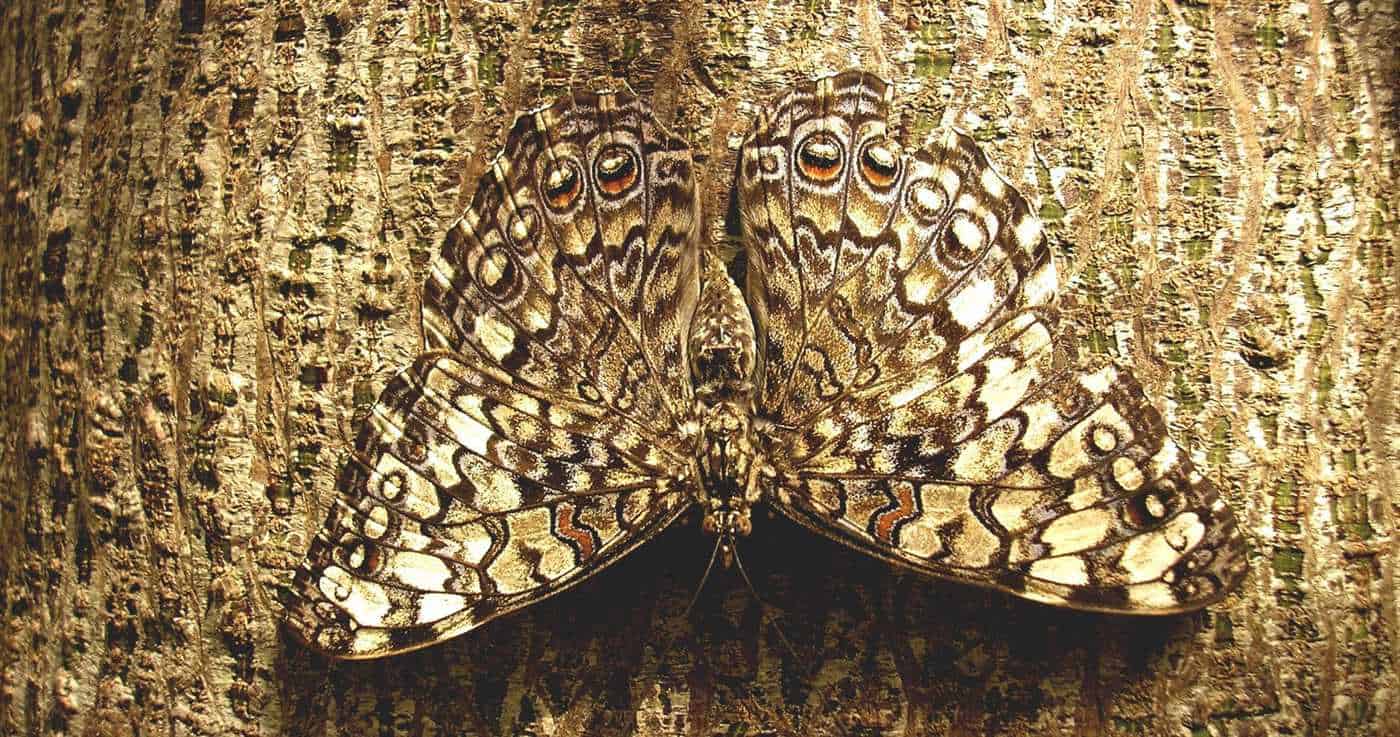
Mimicry is a unique survival strategy used by some species of butterflies. They are able to pretend to be birds and insects to avoid danger and attract less attention from predators.
One of the most famous examples of mimicry in butterflies is their ability to imitate birds. Some species of butterflies have wings colored in such a way that they resemble the shape and color of bird feathers. This allows them to blend into their environment and fool predators who may think they are a real bird.
Additionally, some butterflies may pretend to be insects to protect themselves from predators. For example, some types of butterflies have wings that imitate the color and shape of a wasp or bee. Such butterflies can easily mingle with real insects and avoid predators.
Mimicry is an effective survival strategy for butterflies as it allows them to avoid danger and increase their chances of survival. Thanks to mimicry, butterflies can remain undetected and not become easy prey for predators.
Interestingly, some species of butterflies can imitate several species of birds or insects. This helps them adapt to different environments and increases their chances of survival in different environments.
Birds are ideal subjects for mimicry
Birds are ideal models for mimicry due to their variety of shapes and colors. This allows them to pretend to be other bird species or insects to escape predators or dangerous environments.
Some birds, for example, imitate the appearance of birds of prey to deter potential predators. They imitate wings, tails and even eyes to create the illusion of danger. This causes predators to stay away and avoid encountering them.
Other birds may pretend to be insects to blend into their environment and escape predators. They can imitate the shape and color of insects, as well as their movements, to become indistinguishable. This allows them to remain undetected and avoid danger.
Some birds use mimicry to attract prey. They can pretend to be colorful flowers and insect movements to attract them to their surroundings. They can then strike and catch prey using their sharp beaks and claws.
In general, birds present enormous potential for mimicry due to their unique anatomical and behavioral characteristics. They can pretend to be other bird species and insects to survive in harsh natural environments and avoid danger.
Camouflage images of insects
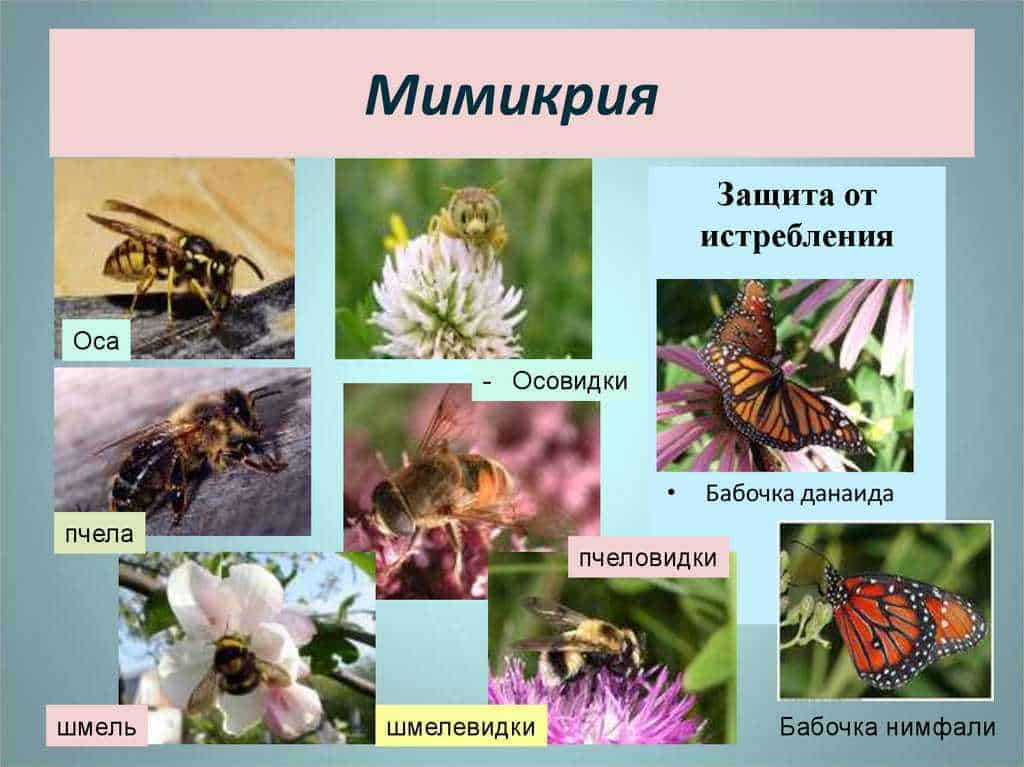
Insects are masters of camouflage. They have an amazing ability to adapt to their environment and mimic various objects. Camouflage is not only protection from predators, but also a way of hunting, attracting mates and deception.
Disguise as leaves and branches. Many insects have a color scheme that blends perfectly with the surrounding vegetation. For example, stick insects have a body similar to the branch or stem of the plant on which they live. They can even imitate the texture and shape of leaves.
Disguise as flowers. Some insects mimic flowers to attract bees, which serve as food or help disperse pollen. One example is orchids, which have a shape and color very similar to the flowers they pollinate.
Disguise as other insects. Some insects can mimic other types of insects so that they are confused with other species and avoid being caught by predators. For example, one species of spider is designed to be very similar in color and size to a bee to repel birds and other predators.
Disguise as birds. Some insects can mimic birds to ward off predators. For example, moths with bright colors and wings similar to bird feathers can blend in with birds during flight and remain undetected by predators.
Dangerous Butterflies Are Masters of Imitation
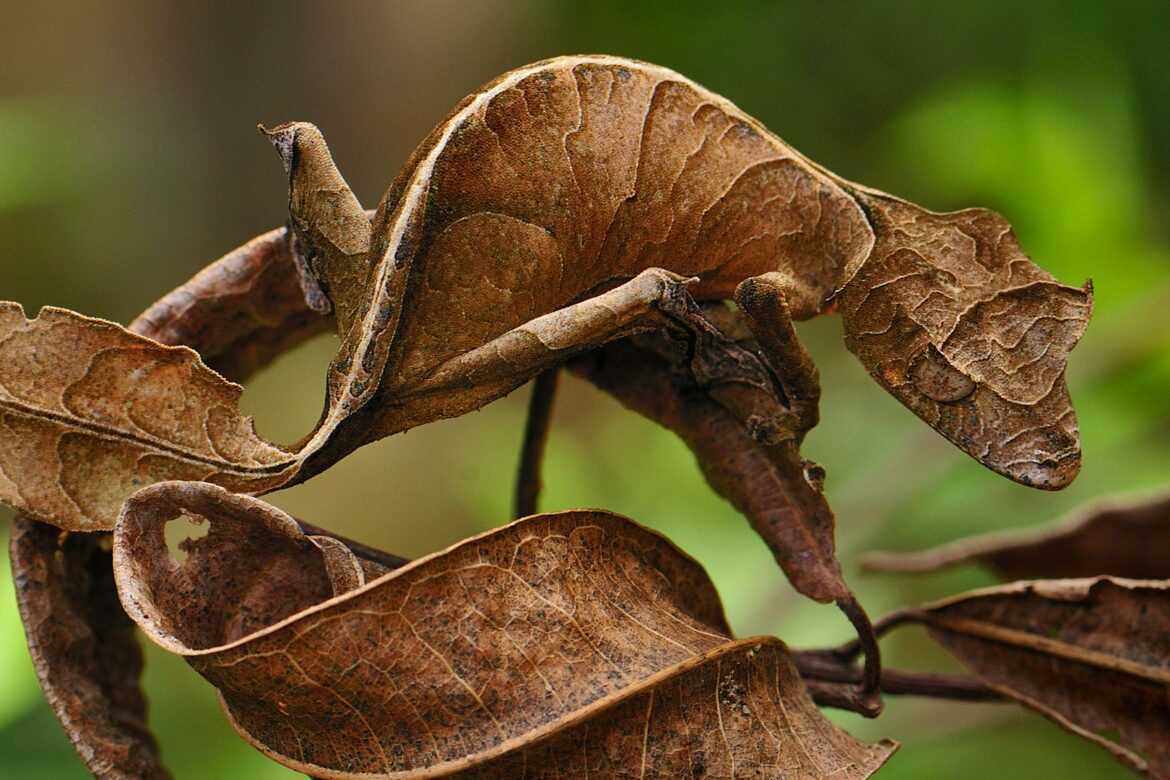
Mimicry is an amazing survival strategy used by some species of butterflies. They can pretend to be birds or even other insects to scare off predators and remain undetected.
One of the most famous dangerous butterflies, masters of imitation, is the monarch. Its wings are bright orange with black veins, making it look like a poisonous butterfly. However, the monarch itself is not poisonous, but this imitation allows it to avoid attack by predators that avoid poisonous insects.
Another example of a dangerous butterfly that uses mimicry is the owl butterfly. Her wings are shaped and colored like an owl, which helps her hide from her enemies. In addition, it is able to imitate the sound of an owl to scare away predators and protect itself.
Dangerous butterflies - masters of imitation can also use mimicry to attract mates. For example, the cabbage white butterfly has wings with wide stripes and coloring similar to the wings of a bee. This imitation attracts male cabbage whites, who mistake the butterfly for a bee and try to seduce it.
Butterflies pretending to be birds

There are many amazing examples of mimicry in the natural world, where one species of animal pretends to be another for protection or hunting. One of the most fascinating examples is the mimicry of butterflies that pretend to be birds.
Butterflies pretending to be birds have a special defense mechanism against predators. They have wings with bright colors and patterns that resemble bird feathers. When in flight, these butterflies can easily be confused with real birds, making them less attractive to predators.
One of the most famous examples of such mimicry is the Monarch butterfly, which is bright orange with black outlines on its wings. This butterfly species mimics the Monarch bird, which is also orange and black in color. This makes the Monarch butterfly less visible to predators and gives it a survival advantage.
Butterflies pretending to be birds can also use their wings to intimidate predators. They can flap their wings so that they create a sound similar to the cry of a bird. This allows the butterflies to create the illusion that they are dangerous and unpleasant to predators.
Mimicry in butterflies pretending to be birds is an amazing example of evolutionary adaptation. They used their wings and coloring to create the illusion of a bird and protect themselves from predators. This type of mimicry allows butterflies to survive in the harsh natural world and continue their lineage.
Butterflies pretending to be insects

Mimicry is one of the most amazing survival strategies in the animal kingdom. Butterflies, pretending to be insects, are masters at deceiving their predators. They imitate the appearance and behavior of various insects to avoid danger.
One of the most famous examples of mimicry among butterflies is the pretending of moths as wasps and sedges. They have yellow stripes on a black background, very similar to the coloration of real wasps. They also exhibit slow movements and vibrating flight, similar to that of wasps. This makes predators such as birds or lizards think they are poisonous and dangerous.
Another interesting example of mimicry in butterflies is pretending to be like dragonflies. Some types of butterflies have long and narrow wings, similar to the wings of dragonflies. They also have the bright colors and slow movements characteristic of dragonflies. This allows them to deceive predators and remain undetected.
Butterflies pretending to be insects have many different mimicry strategies. They can imitate the appearance and behavior of various insects to confuse their predators. This allows them to survive and continue to reproduce in the harsh natural world.
The evolution of mimicry in butterflies

Mimicry in butterflies is an amazing example of adaptation and evolution in nature. Butterflies have evolved various mimicry mechanisms to deceive their predators and ensure their survival.
One of the most common types of mimicry in butterflies is bird mimicry. Some types of butterflies have wings that are very similar to the wings of birds. They imitate the shape, color and even movements of birds to confuse their enemies and escape them undetected.
Butterflies can also use insect mimicry. They can imitate the appearance and behavior of certain insects, such as wasps, bees or flies. This protects them from enemies, since many predators avoid attacking these insects due to their poisonousness or disgusting odor.
The process of evolution of mimicry in butterflies occurs due to natural selection. Butterflies with the most effective mimicry mechanisms are more likely to survive and pass on their genes to the next generation. Over time, these mechanisms become more advanced and complex.
It is interesting to note that mimicry in butterflies can be not only a defensive mechanism, but also an aggressive one. Some butterfly species mimic predatory insects to intimidate their competitors and give themselves an advantage in the competition for resources.
Overall, the evolution of mimicry in butterflies is an amazing example of adaptation and adaptation to the environment. This process allows butterflies to survive and thrive in a world where predators are always on the lookout.
How butterflies create an illusion

Butterflies create an illusion to survive by pretending to be other animals or objects. They use mimicry, the ability to imitate their surroundings and thus remain undetected by predators.
One of the most common forms of mimicry in butterflies is the imitation of birds. Butterflies can imitate a bird's appearance by using bright colors and patterns on their wings. They can even imitate the eyes and beak of a bird in order to confuse a predator and divert its attention from itself.
Besides, some butterflies imitate insects to protect themselves from predators. For example, they can imitate wasps or bees by using bright colors and striped patterns on their wings. This makes the predator think that the butterfly is dangerous and might sting or bite, and it stays away.
Butterflies can also create an illusion using cryptic coloration. They can mimic their surroundings, such as leaves or tree bark, to become invisible to predators. They may also change color depending on the season or environmental conditions.
Interestingly, some butterflies can create an illusion not only visually, but also with sounds or smells. They can make sounds that resemble dangerous animals or emit odors that repel predators.
Protection or deception: the role of mimicry in nature
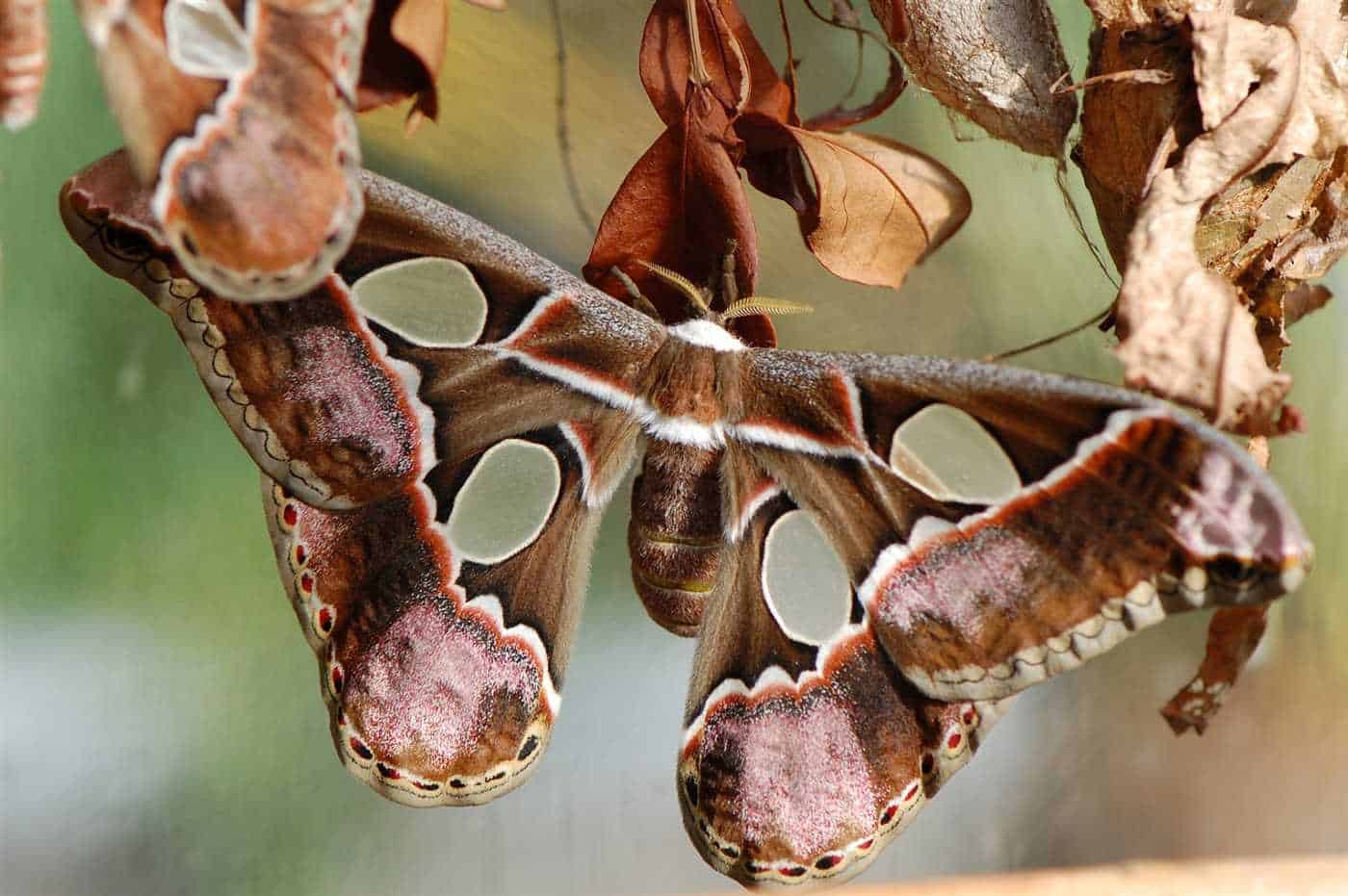
Mimicry is a defensive strategy that various organisms use to survive harsh environments. It lies in the ability of living beings to imitate the appearance of other organisms or objects, which allows them to deceive predators or parasitic insects and remain undetected.
One of the most famous examples of mimicry is the imitation of butterflies by birds. Some types of butterflies have wings with different colors and patterns that resemble the feathers of birds. This allows them to blend into their environment and avoid predators who might mistake them for real birds and refuse to attack.
In addition, mimicry is often used by insects to protect themselves from predators. For example, some types of insects have a color that is as close as possible to the color of poisonous or dangerous species. Thus, they create the illusion of danger and scare away potential predators who would rather not take the risk of attacking them.
Mimicry can also be used by organisms to attract mates or to deceive prey. For example, some types of flowers have shapes and colors that are very similar to certain insects. This allows them to attract these insects, which can carry pollen and help pollinate the flower.
Thus, mimicry plays an important role in nature, helping organisms survive and protect themselves from predators. It allows them to effectively hide, deceive and adapt to their environment as much as possible.

